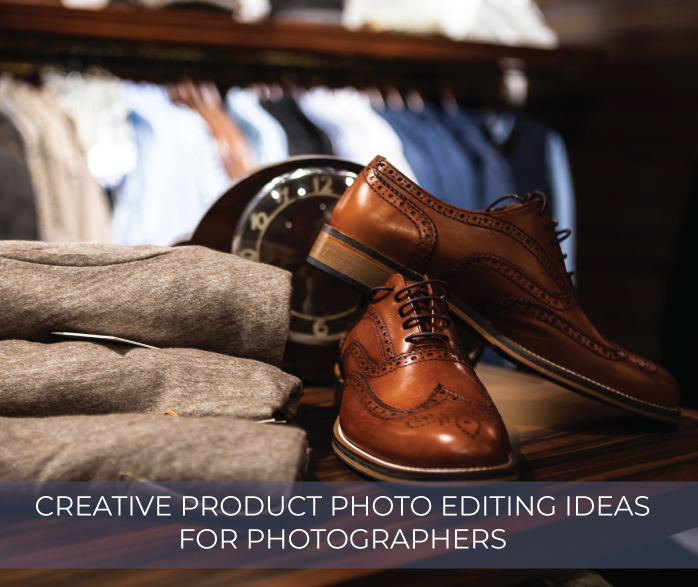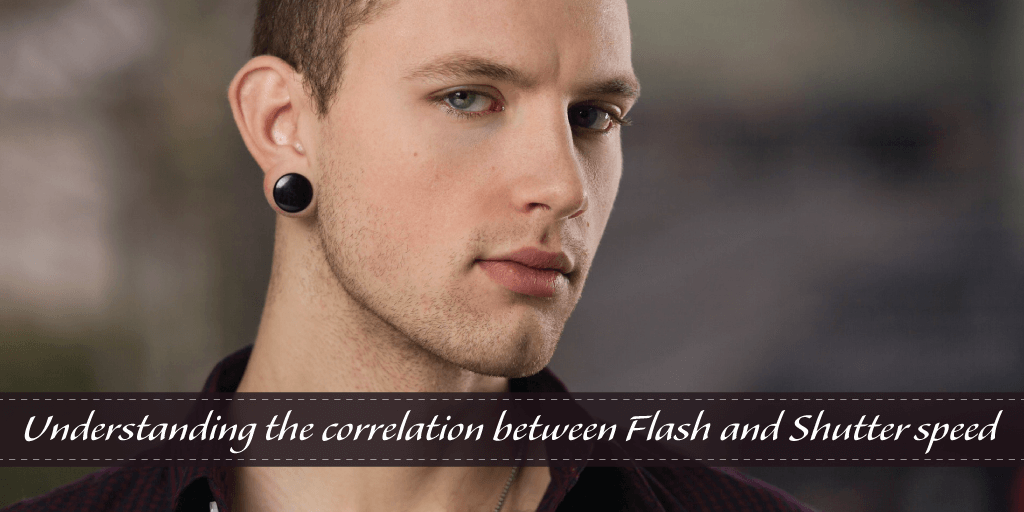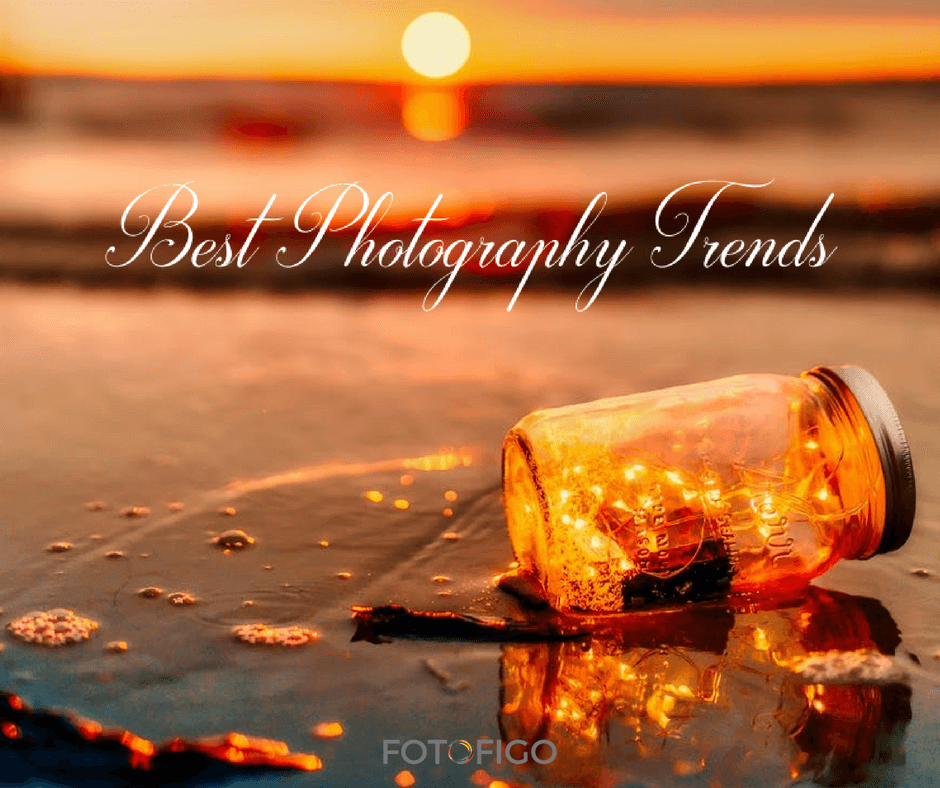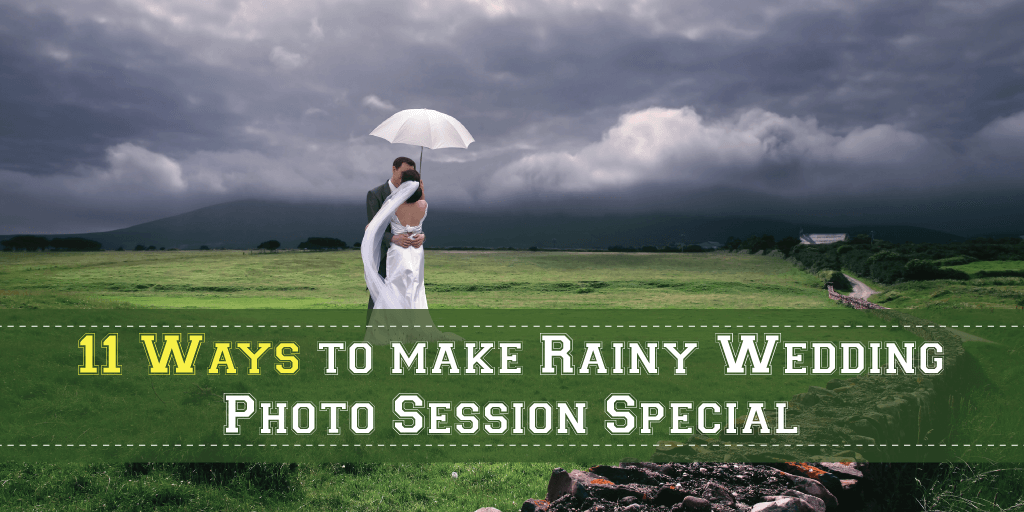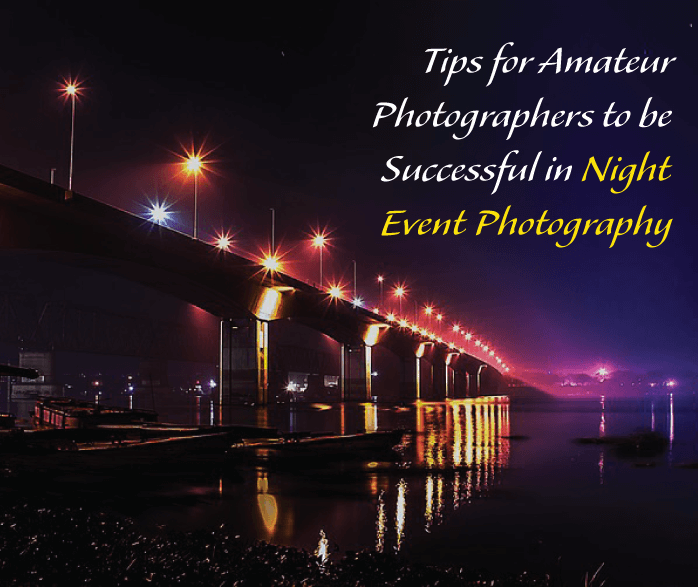
Event photography in the night is a challenging task, as there is no natural light available. Photographers feel difficulty in maintaining consistency in picture presentations due to different lightings and its changing temperature.
Night photography doesn’t get complex if you have explicit knowledge of managing ISO, Shutter speed, and Aperture in an effective way. To make it practically easier, ask your friends to become models for you, and experiment until you’re good enough to photograph a night event.
Clients always expect best picture presentations from you and they never compromise on the quality or inaccuracy in images. If you are an amateur, there might be the probability of committing mistakes. In another mind, you wish to earn too. So, what do you think you must do?
Initially, you must experience, identify and learn the things that happened during your photographic session, to prevent future errors. Secondly, you have to take the required actions to rectify inaccurate images through expert graphic designers where they work on retouching to make it look professional.
There are many digital photo editing service providers who can do this for you. But, our photo editing experts are assures your images are retouched and enhanced to the minutest of details to achieve the level of quality that you or your clients require.
Further, let’s look at some of the insights for an amateur photographer to become successful in night event photography
- A photographer must have a camera that perfectly suits night events.
- If the greater light is available in a night event, use lower ISO.
- If lesser light, feature it higher.
- Analyze the situation of light to balance it in a favorable way.
- Remember, higher ISO creates noise in the image. So, try to keep it as low as possible. Keeping under 1600 would be an ideal choice.
- Use larger aperture like f1.4 or f2.8 for night events.
- For example: At a concert, people dance with full energy and intensity. So, customize the settings with a larger aperture to ensure more light enters the camera’s sensor, also faster shutter speed to freeze the actions, and lower ISO to avoid noise in the image.
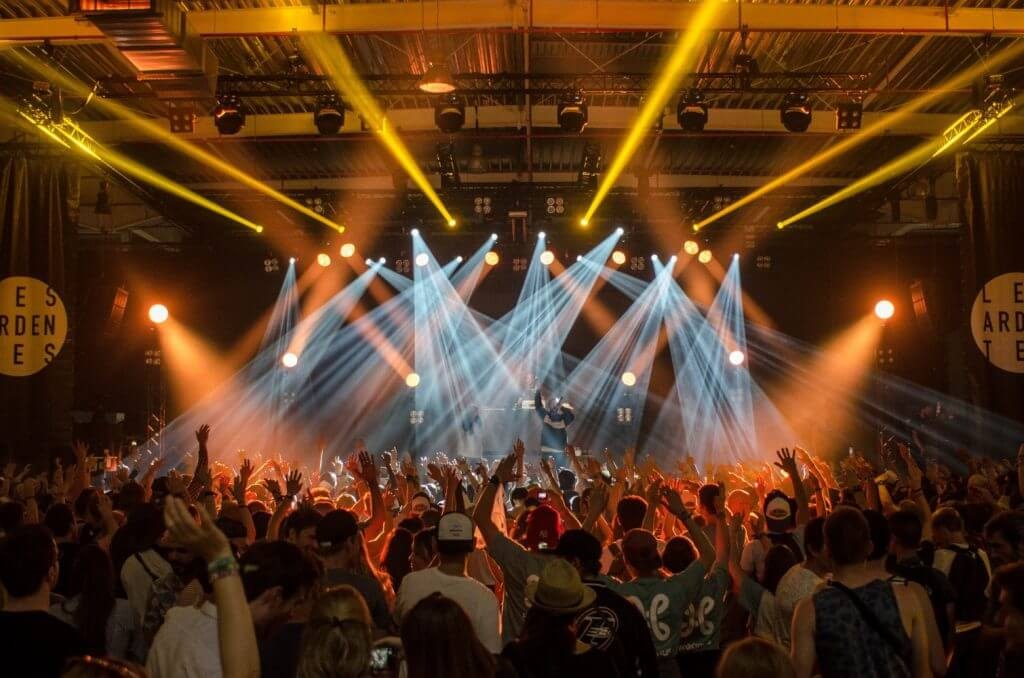
- Everyone knows that the stage in concerts has moving lights. So, it is recommended to use faster shutter speed, a larger aperture, and a lower ISO to get the accurate image.
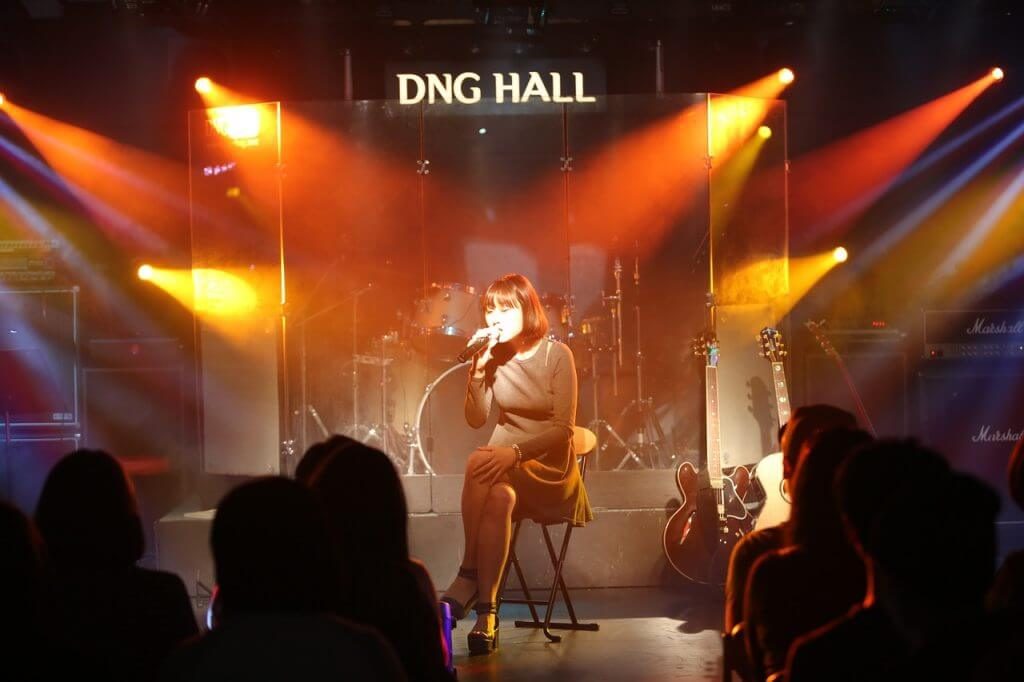
How to take great images even though you have a budget camera
Professional photographers use a larger aperture like f1.4 and f2.8 in night event photography. But, large aperture cameras are really expensive. So, if you are using a budget camera which has an f4 aperture or f5.6, need not worry. It can be effectively optimized by a few methods to get the high quality images.
- The first method is to increase ISO with faster shutter speed.
- Use slower shutter speed to get greater exposure in the low light.
- Using a tripod prevents camera shakes due to slower shutter speed and can help you to click great pictures in low light.
However, it is important to know that, the shutter speed, ISO, apertures are interlinked. If one of the settings is adjusted, you have to adjust the other settings as well, to get the good exposure. So, learning how to balance the 3 major settings of the camera would help you in clicking accurate pictures, even with your budget camera.
If you are not able to rectify mistakes, or remove unwanted elements from your quality images shot at night events, then professional photo editing service providers can ensure you assistance in these regards. They offer high quality photo editing services such as portrait retouching, event photo editing, photo enhancement, and photo manipulation for photographers worldwide. Checkout their various packages and choose which suits you the best.
‘Success comes from experience.’ So, before getting into the photography domain, it is better to attend some night events, take quality pictures, identify and learn from your mistakes. Eventually, having explicit knowledge of balancing ISO, shutter speed, apertures; and practically implementing it, would lead to success.
